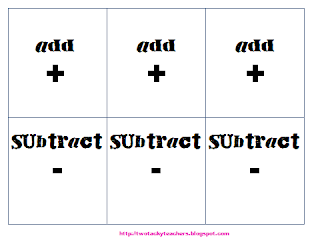We are so excited to be joining the linky party hosted by What the Teacher Wants
Each year comes a new group of kiddos and what may have worked in previous years may not work the next. We have tried various ideas in our classroom and here is what is working for us this year.
The first thing we changed was our behavior wheel. Not only can the kids move down if they are not displaying appropriate behaviors, but they can also move up if they are going above and beyond. Any of the students who make it to orange will get a 'gem' to put on their clip.
How do the students move their pins up? Dojo points! Have you ever heard of Class Dojo? If you haven't you need to head over to www.classdojo.com to check it out! In not so many words, this is a chance for you to either award points to students who are doing what they should be doing and take away points from those who are not. Each student gets an 'avatar' (we call them monsters) and it will track their points throughout the day. You can customize what they earn/lose their points for and each time that someone does earn a point a sound goes off. This sound is differnt from the one that is made when someone loses a point. Its really easy to use on your smartboard, but better yet, there is an app for smart phones. (Which means you can give/take points in the hallways, in the bathroom, at an assembly, etc.!!)
We utilize this tool during our Daily 4 math block and Daily 5 reading block only. We just take our phones with us to the small group table and we can hand out or take away points as we look at what our students are doing. I don't want my students concerned with who is earning points and who is losing points so I do not turn on the projector at this time. All they can hear is the sound of the points being given or taken away. At the end of Daily 4 and Daily 5, I will bring up the site and everyone gets to look where they stand. If a student earns 3 points throughout the day they can move to purple and 5 points will move them to orange. There is way more to tell you about this site, but I will let you see for yourself!
Any other time of the day, I use a token reward system (I mean how fitting for a pirate theme?!) Each student has his/her own 'treasure chest'. I used library pockets and attached them to my bulletin board.
Each time that a kiddo is doing something wonderful, they earn a token for their treasure chest. 4 tokens at the end of the week earns a pick from our 'tree'
Some suckers are marked with a black dot and those lucky winners get to pick from the treasure chest.
This 'token' system can be used in many ways. For example, Val's students are given a 'lollipop' stick. They needed to earn all 4 pieces of their lollipop to earn a pick from the tree.
The combination of tokens rewards and dojo points is how we keep our little ones motivated to demonstrate good behavior throughout the week and we are lovin' the results!






































